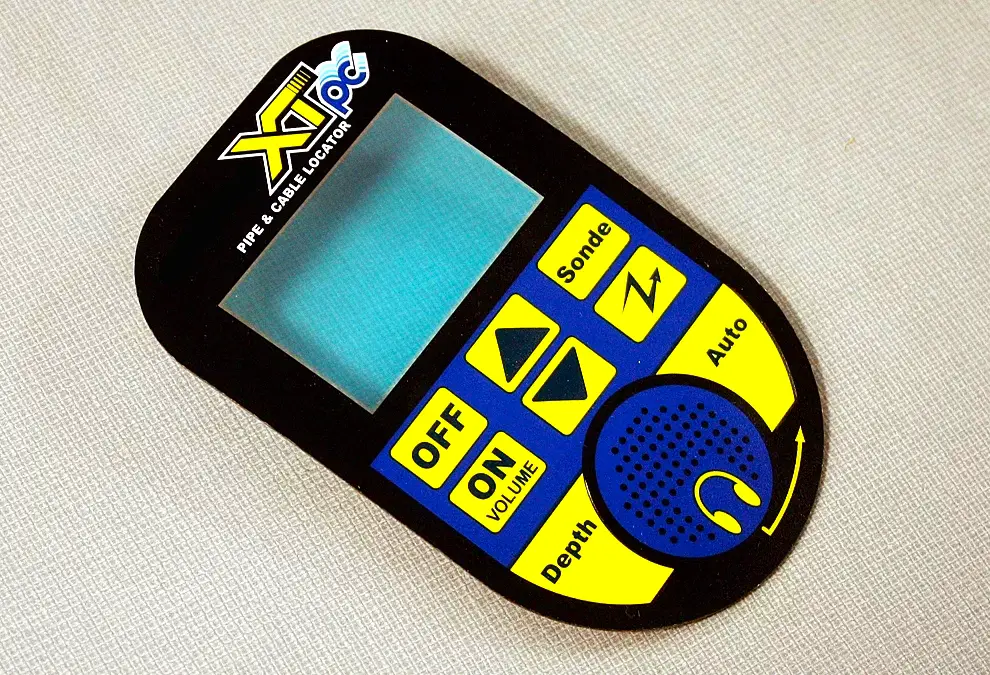In industrial technology, it’s crucial for professionals to access and interpret complex data effectively. One powerful tool that has emerged in this sphere is the use of advanced overlays.
Instrumentation Overlays
These digital interfaces, which can range from software visualizations to augmented reality tools, serve as supplementary layers of data presentation, rendering intricate information sets more comprehensible.
As field instrumentation becomes increasingly sophisticated, the role of advanced overlays in streamlining these processes cannot be overstated.

Enhanced Visualization
Visualization is at the heart of data comprehension. Advanced overlays provide the opportunity to convert data into visual representations that are both intuitive and insightful. For instance, consider a complex industrial setup like a heat exchange system. Traditional data might only present raw numbers about temperature variations across various parts of the system.
Advanced overlays, however, can translate these numbers into a color gradient, vividly demonstrating temperature differentials. The result is a more immediate understanding of system status without delving into columns of numbers.
Real-Time Decision Making
Time is often of the essence in industrial settings. Delays in understanding data or making decisions can result in inefficiencies or even hazardous situations. Advanced overlays, with their capacity to integrate live data feeds, grant professionals the power to make swift and informed decisions.
A technician observing a live feed from a pressure sensor, complemented by an overlay that highlights pressure spikes, can quickly ascertain the need for intervention, ensuring both system efficiency and safety.
Optimized Workflows
Customization is a notable feature of advanced overlays. Companies can design a custom interface tailored to specific tasks, user roles, or operational requirements. By ensuring that individuals have the most pertinent information at their fingertips, these customized overlays lead to leaner and more efficient workflows.
Whether it’s a supervisor monitoring system health or a technician performing maintenance, task-specific overlays ensure that the right data is presented in the most actionable manner.

Integration With Augmented Reality
The marriage of augmented reality (AR) with advanced overlays is perhaps one of the most transformative integrations in the field of instrumentation. By displaying overlays on AR glasses or headsets, technicians can view sensor data or system schematics directly superimposed on the physical environment.
This seamless fusion of digital and physical realms eradicates the need to switch between manuals or devices constantly. For instance, a technician inspecting a turbine can instantly view its operational parameters through AR, greatly enhancing efficiency and reducing the likelihood of errors.
Training And Safety
The implications of advanced overlays extend beyond day-to-day operations. They’re instrumental in fostering a well-informed and safety-conscious workforce.
Newly inducted personnel can benefit from overlays that spotlight system components, operational parameters, or step-by-step maintenance procedures. Not only does this expedite the training process, but it also ensures that rookies are acutely aware of potential hazards, thus upholding safety standards.
Efficient Troubleshooting
Every industrial setup, irrespective of its sophistication, is susceptible to anomalies or breakdowns. When these occur, swift identification and rectification become paramount. This is where advanced overlays demonstrate their prowess.
By offering a visual representation of data and spotlighting outliers, these tools can drastically reduce the time spent in diagnosing and resolving issues. Instead of sifting through vast datasets, professionals can instantly hone in on the problem areas illuminated by the overlay.
Interactive User Experience
Interactivity remains a cornerstone of modern technological solutions. Advanced overlays, in their interactive incarnations, facilitate deep dives into specific data points. Through touch or gesture-based prompts, users can access related documentation, probe deeper into a dataset, or even dispatch commands to underlying systems.
This heightened level of interaction ensures that professionals remain engaged, reducing the likelihood of oversight and bolstering the accuracy of operations.

Unified Data Presentation
In multifaceted industrial settings, myriad instruments and sensors continuously churn out data. Manually consolidating this data is not just cumbersome but also prone to errors. Advanced overlays come to the rescue by offering a unified data vista.
By integrating feeds from diverse sources and presenting them in a consolidated overlay, professionals gain a holistic understanding of system status, enabling them to manage operations with a bird’s-eye view.
Reduced Errors
The integration of advanced overlays inherently reduces the scope for human error. By furnishing clearer information, eliminating manual data reference, and delivering real-time feedback, these tools create an environment where professionals can operate with confidence.
The consequent reduction in errors not only ensures smoother operations but also translates into significant cost savings in the long run.
Historical Data Analysis
While real-time data is invaluable, historical data holds insights that can guide future actions. Advanced overlays, with their capability to juxtapose current data against historical trends, offer a profound understanding of system behaviors.
By scrutinizing past data patterns, operators can predict potential anomalies or forecast maintenance requirements, enabling proactive interventions.
Final Thoughts
Advanced overlays, with their myriad features and capabilities, stand as pivotal tools in the realm of field instrumentation. They transform the way professionals interact with systems, making processes more efficient, reducing errors, and ensuring that industries can thrive in a data-driven era. The future of streamlined field instrumentation, it seems, is intricately linked with the continued evolution and application of these advanced overlays.